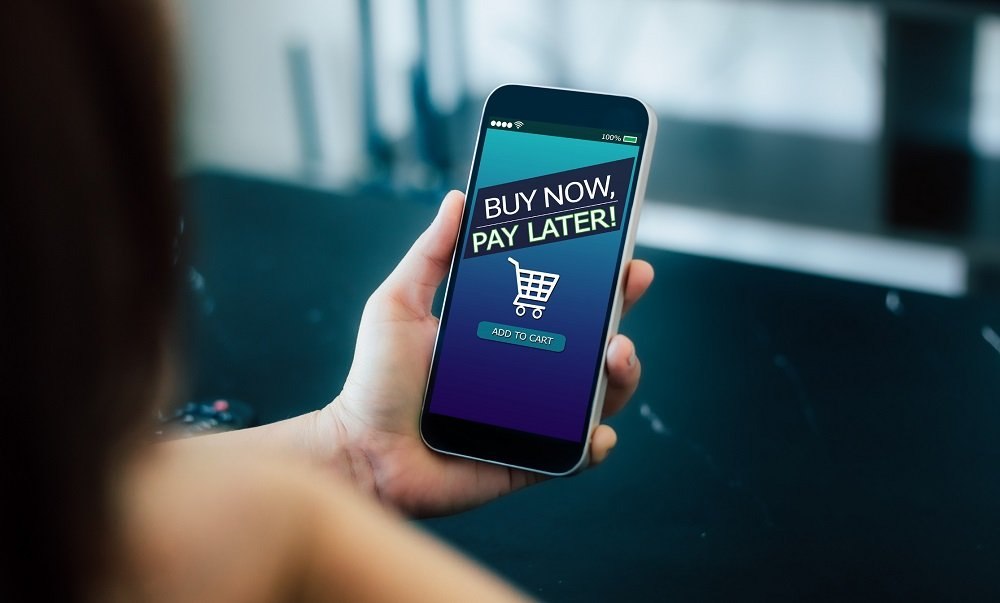
India leads the globe in future intent to use ‘Buy Now Pay Later’ services
One in five claim to have used BNPL schemes in the past three months but many more intend to use it in the next 12 months
As the Covid-19 pandemic turned people towards online shopping, the rise of digital payments and demand for easy tax-free loans has driven more players to enter the BNPL market. Data from YouGov’s latest report - “The Future of Financial Services report”, covering 18 international markets, reveals urban Indians are most likely to make a purchase using BNPL schemes in the future as compared to consumers in other markets.
“The Future of Financial Services report” uses deep-dive custom research and data from YouGov’s Profiles to explore the current global financial landscape, and identify the global adoption of, and trust in, new and emerging financial services across 18 international markets.
Data from the whitepaper suggests that in the last three months, after Indonesia (27%) and Mexico (24%), consumers in India made the highest proportion of purchases using a BNPL plan (22%).
Looking ahead, many more urban Indians (28%) say they intend to make purchases using BNPL plans in the next 12 months. Across the globe, intent to use these services is the highest in India, much above the global average of 17%, highlighting the growing popularity of BNPL services among Indian consumers.
In India, the intent to make a purchase through these schemes is comparable across age groups, except for those aged 18-24, who are less likely to say they will use the BNPL plans.
Among genders, a higher proportion of Indian men than women plan on using these schemes in the next 12 months (33% VS 22%).
BNPL is often seen as a route for customers to make purchases they can’t buy instantly. Our research reveals that a third (32%) of respondents in India claim buy now pay later schemes to be their most preferred way of buying items they cannot outrightly afford. Of these, those between 35-54 years and the ones working full time are more likely to say this.
In terms of trust in these services, consumers in India (54%) and UAE (56%) are most likely to say they trust BNPL schemes than people across all surveyed markets.
To gain a deeper understanding of the BNPL consumers in India, we delved deep into their attitude toward finances. Data from YouGov Profiles, an audience segmentation tool, reveals that typical BNPL users in India are more likely to be within the age group of 30-39 years (12% BNPL users vs 10% general population), mostly residing in Tier 1 cities than others (12% vs 10%). They also tend to be working full time (13% vs 10%) and a considerable proportion of them belong to high-income groups (15%).
Compared to the general population, more than half of this group agree on making impulsive purchases (53% compared to 45% of all Indian adults). This could explain why they prefer BNPL to facilitate their unplanned purchases.
They are not worried about being in debt and are more likely than the general population to think some personal debt is normal (61% BNPL users vs 50% overall Indian population). In addition to this, they are also more likely than the overall adult population in India to agree that financial matters confuse them (49% vs 45%).
Emma McInnes, Global Sector Head of Financial Services at YouGov, said, “The financial services industry has been undergoing rapid transformation driven by both changing consumer expectations and wider industry fragmentation. We have seen the profound impact that digitisation has had on consumer behaviours and expectations, and the dramatic effect of the pandemic on both technology change and patterns of behaviour. For established financial services providers, this creates a challenge in terms of being able to understand the rate of change, the potential success and longevity of emerging innovation adoption, and where they should be focussing their own transformation efforts. For new market entrants, the challenge sits in keeping ahead of the innovation curve and understanding how to drive consumer adoption before traditional brands can react.”
Click here to download the full report.